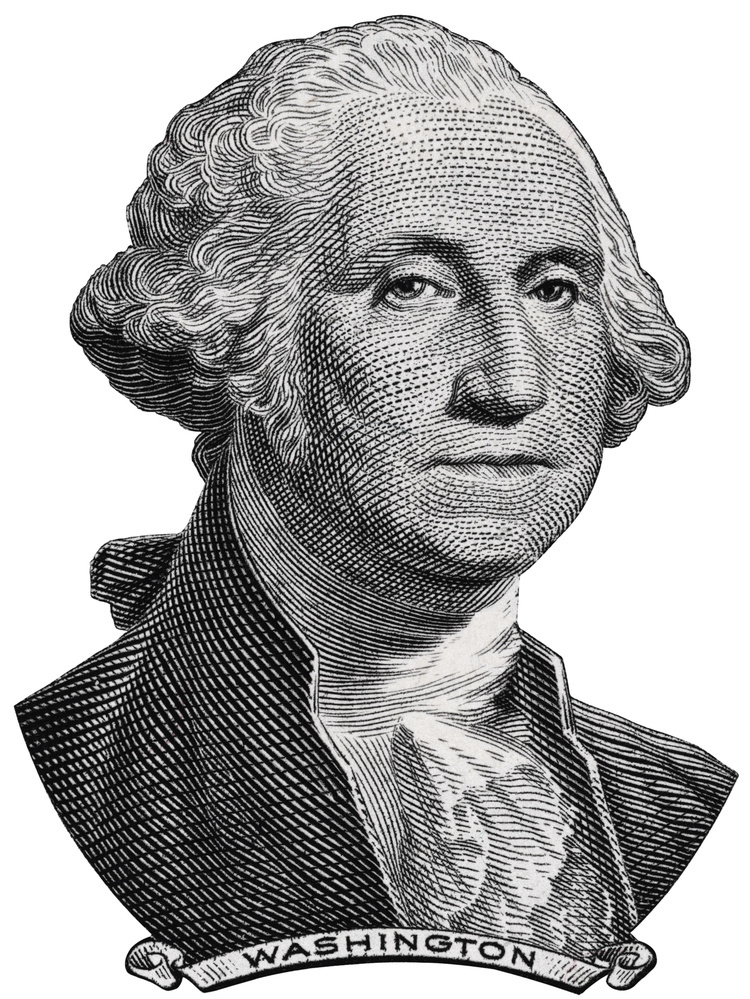It’s been almost two months since President Trump nominated Brett Kavanaugh for the Supreme Court, and the Senate Judiciary Committee will hold its first hearing Tuesday.
How long will it take before Kavanaugh is confirmed or, far less likely, rejected? Will it beat the record for longest nomination delay? Probably not – according to the Pew Center, that distinction goes to the 841 days it took to replace Justice Henry Baldwin after his death in 1844, during which time Congress refused to vote on any of President John Tyler’s myriad nominees.
One thing is certain, though: It definitely won’t be as quick as George Washington’s first Supreme Court nominations. That process took only two days – for six nominees.
Washington nominated the first six Supreme Court justices on Sept. 24, 1789, moments after Congress passed the Judiciary Act of 1789. Though the Supreme Court was described in Article III of the brand-new Constitution, the act was needed to establish the details, such as how many justices there would be – six at the time. It also established the rest of the federal court system and the position of attorney general.
Within two days, all of the nominees – John Blair Jr. of Virginia, William Cushing of Massachusetts, Robert Harrison of Maryland, John Jay of New York, John Rutledge of South Carolina and James Wilson of Pennsylvania – were confirmed by voice vote in the Senate. It happened so fast, it’s likely some didn’t even know they were nominated. Back then, news traveled at the speed of a horse.
Which turned out to be a problem.
Harrison, who had served side by side with Washington during the Revolutionary War, wrote the president to decline the job. “I must hazard, in an eminent degree, the loss of my health,” he wrote. He was too sick to make the trip to the temporary capital in New York City, he said.
Washington and another friend, Alexander Hamilton, wrote Harrison back, begging him to reconsider. Months later, Harrison attempted to make the journey, but turned back before he made it out of Maryland. He again declined the position, and died a few months later.
But he wasn’t the only no-show on the Supreme Court’s first day on Feb. 1, 1790. In fact, so few justices showed up, Chief Justice John Jay had to adjourn for a lack of quorum. Blair was delayed by travel complications, and, according to the New Yorker, Rutledge refused to come in retaliation for not being made chief justice.
Once Blair arrived, the new justices took up a spot in the Merchants Exchange, a covered marketplace on Broad Street. They sat for a week and heard no cases before adjourning until the end of summer. They wouldn’t hear their first case, West v. Barnes, for more than a year.
Ultimately, Washington would make 14 nominations to the Supreme Court, more than any other president, but he wasn’t always as lucky with the confirmation process as he was the first time.
After failing to show up for the first session, Rutledge resigned to become chief justice of the South Carolina Court of Common Pleas and Sessions. Five years later, when Chief Justice Jay resigned, Washington replaced him with Rutledge in a recess appointment. When the Senate was back in session four months later, it voted him out, 14-10. The complaint about him will sound familiar in our times: The senators thought he was too political.
Send questions/comments to the editors.



Success. Please wait for the page to reload. If the page does not reload within 5 seconds, please refresh the page.
Enter your email and password to access comments.
Hi, to comment on stories you must . This profile is in addition to your subscription and website login.
Already have a commenting profile? .
Invalid username/password.
Please check your email to confirm and complete your registration.
Only subscribers are eligible to post comments. Please subscribe or login first for digital access. Here’s why.
Use the form below to reset your password. When you've submitted your account email, we will send an email with a reset code.